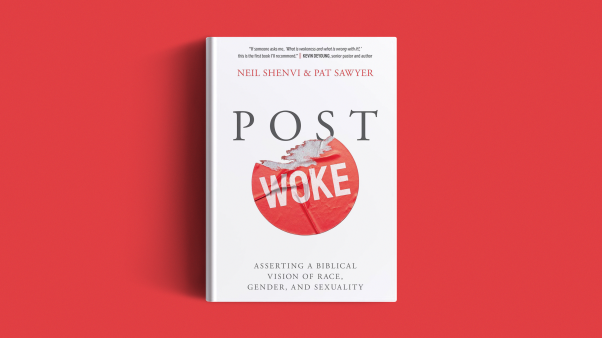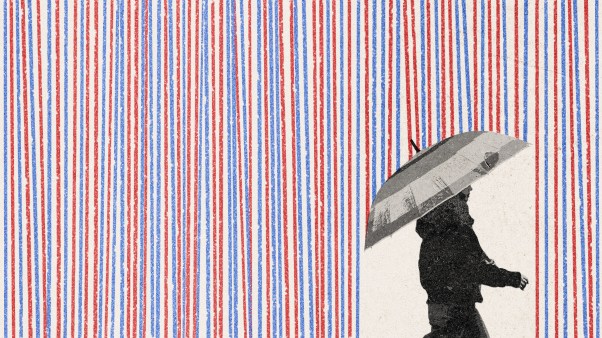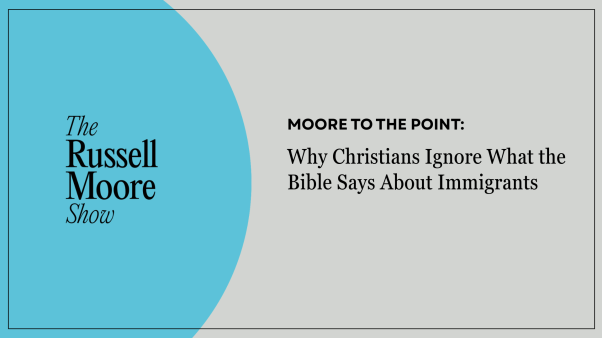I used to dream of a library devoted entirely to walking. Most of the books, spanning the centuries in many languages, would be narratives: accounts of exploration, pilgrimage, jaunts in the countryside, strolls in the city, purposeful journeys, and rambles with no particular destination. The shelves would contain works as various as The Narrow Road to the Deep North and other travel writings by the 17th-century Japanese poet Matsuo Bash; Samuel Taylor Coleridge’s notebooks recording his impressions of the mountains in Britain’s Lake District (when “fell-walking” just for the experience, not for any practical purpose, was regarded as highly eccentric); Werner Herzog’s memoir Of Walking in Ice; and Bruce Chatwin’s genre-crossing foray into the Australian Outback, The Songlines. Surely, somewhere, there must be an enormously wealthy, passionate walker who would like to endow such a project.
Alas, I never found such a figure. More’s the pity, too, since in the past 20 years alone, enough good walking books have been published to fill a number of shelves in that imaginary library: not only superb chronicles of walking but also books about walking, the most influential and widely imitated of which is Rebecca Solnit’s Wanderlust: A History of Walking. In recent years especially, there has been a vogue for books that champion walking with considerable fervor. (See, for instance, Antonia Malchik’s A Walking Life: Reclaiming Our Health and Our Freedom One Step at a Time, and In Praise of Walking: A New Scientific Exploration, by Shane O’Mara, a professor of experimental brain research at Trinity College Dublin.) And for readers who want to have their cake and eat it too, there’s a subgenre I call “cynical-inspirational,” including books such as John Kaag’s Hiking with Nietzsche: On Becoming Who You Are and Erling Kagge’s Walking: One Step at a Time, both published in the past couple of years. (Someone should tell these pedestrian philosophers that a walker never takes “one step at a time”: Before one step is complete, another step is already in progress.)
As a lifelong walker (and non-driver) with my own mini-library of walking books (not to mention magazines like the issue of Freeman’s that includes the essay “Walking While Black” by my dear friend and walking companion Garnette Cadogan), I have viewed these developments with mixed feelings. Much as I value walking, I don’t want to sell it to anyone, and I don’t want anyone trying to sell it to me. But isn’t that attitude prideful, a bit too fastidious?
The Pace God Keeps
Which brings me to the book under review. Mark Buchanan is a Canadian pastor and the author of many books. His latest, God Walk: Moving at the Speed of Your Soul, is unapologetically inspirational in its intent. He hopes to motivate readers who walk only when it’s obligatory (they are legion) to walk more, yes, but his goals extend well beyond that. He wants all of us to think about walking and practice walking with a new mindfulness, informed by God’s self-revelation in Scripture. To this end, Buchanan draws on a rich variety of biblical texts; the motif of walking, he argues, runs through the Bible in a way that most of us have never noticed.
Before going further, I need to tell you two things. First, there is a lot in God Walk that rubs me the wrong way. Sometimes this is a matter of disagreement with an argument; in other instances, it’s a matter of taste or style (and the distinction between principled disagreement and “taste” is often difficult to make). But, second, there is a lot in God Walk that I value; I’m not at all sorry to have spent time reading and thinking about the book, and I am happy to add it to my walking library.
I love the way God Walk opens, with an epigraph from Japanese theologian Kosuke Koyama’s wildly idiosyncratic, insightful, and sometimes maddening little book, Three Mile an Hour God. It’s worth quoting the full passage from which the epigraph is taken:
God walks “slowly” because he is love. If he is not love he would move much faster. Love has its speed. It is an inner speed. It is a spiritual speed. It is a different kind of speed from the technological speed to which we are accustomed. It is “slow” and yet it is lord over all the other speeds since it is the speed of love. It goes on in the depths of our life whether we notice it or not, whether we are currently hit by a storm or not, at three miles an hour. It is the speed we walk and therefore it is the speed the love of God walks.
If you have read Rebecca Solnit’s Wanderlust, you will recall a striking and oft-quoted passage that Buchanan refers to in his first chapter, when he suggests that we walk not only for utilitarian reasons but to be “closer to reality”:
We walk because three miles an hour, as the writer Rebecca Solnit says, is about the speed of thought, and maybe the speed of our souls. We walk because if we go much faster for much longer, we’ll start to lose ourselves: our bodies will atrophy, our thinking will jumble, our very souls will wither.
Do you not feel this?
I do.
I walk because three miles an hour seems to be the pace God keeps. It’s God speed.
I wish that Buchanan had done more to tease out the implications of a “slow God” who condescends to us, walking with us at the speed of love, which is also the speed of thought. Alas, he does so only very intermittently. Instead, in his first chapter, he makes a move that left me scratching my head and tugging at my beard. Under the subhead “A Physical Discipline,” he tells us that the “seed of this book was annoyance, or grief, or something in between.” What caused this feeling? Well, you see, “many spiritual traditions have a corresponding physical discipline and Christianity has none. Hinduism has yoga. Taoism has tai chi. Shintoism has karate. Buddhism has kung fu. Confucianism has hapkido. Sikhism has gatka.” But Christianity? Zilch.
You can guess where Buchanan takes this. We hear a little bit on Gnosticism (“incarnation’s mortal enemy”), followed by the preposterous assertion that the “Christian faith” once had “a corresponding physical discipline” but “then lost it.” And this discipline, of course, was walking.
I’m not going to undertake here the wearisome job of sorting out all of the ways in which this is wrong, conceptually muddled, and lacking in evidence. At first, I found it hard to believe that Buchanan seriously believed this himself. But never mind. This setup gives him a rubric of sorts—chapters 6 through 15 explore different facets of walking (“Walking as Exercise,” “Walking as Friendship,” “Walking as Remembering,” and so on).
But it isn’t necessary to buy the argument about recovering Christianity’s “lost” discipline (a “physical” discipline that is also a “spiritual” discipline) in order to profit selectively from Buchanan’s many-sided reflections on walking and the Christian life. Some readers may connect particularly with his account of “Walking as Prayer,” others with “Walking as Attentiveness” (one of my favorite chapters) or “Walking as Suffering.” I can’t imagine many readers making their way through the book without several such experiences of deep resonance and illumination.
More Awake, More Attentive
At the end of each chapter, under the heading “God Speed,” Buchanan includes a brief reflection set apart typographically from the main text. These oblige the reader to make intuitive connections; they function a bit like the sudden juxtapositions in haiku. My favorite among them is the one at the end of Chapter 15, “Walking as Flight,” which offers a fresh angle on Søren Kierkegaard.
Kierkegaard was “odd,” Buchanan acknowledges, but his father was even odder. He would take his two sons on walks around the streets and shops of Copenhagen, visiting the tradesmen. “It was a delightful daily ritual.” But, Buchanan adds, “these walks were all imaginary.” The father recounted them to his sons as they sat together in their house, as if telling them a story. “Odd” doesn’t begin to describe it.
And yet, however strange and perhaps even deforming it must have been to grow up in that setting, Kierkegaard’s “imaginary walks . . . did nothing to hamper his creativity.” Indeed, Buchanan suggests, they “prepared him for the real thing” (when he grew up, he walked the streets of Copenhagen daily). They “made him more awake, more attentive, more humble, more curious, more approachable.” And then we’re able to see how Kierkegaard’s imaginary walks bear on the theme of “Walking as Flight”: “For your next walk, imagine you are that person, that man, that woman, that child,”—in other words, a walker “displaced by war or hunger or catastrophe.”
Should you read this book? The answer might depend on your impressions of these few pages on Kierkegaard. If you don’t like them, you probably won’t enjoy the book. But if, like me, you find them absorbing, yes, by all means, you should read God Walk. No doubt you will have your own quibbles with the author, and you will find some parts of the book more appealing than others, but you won’t regret having made the journey.
John Wilson is a contributing editor for The Englewood Review of Books.











